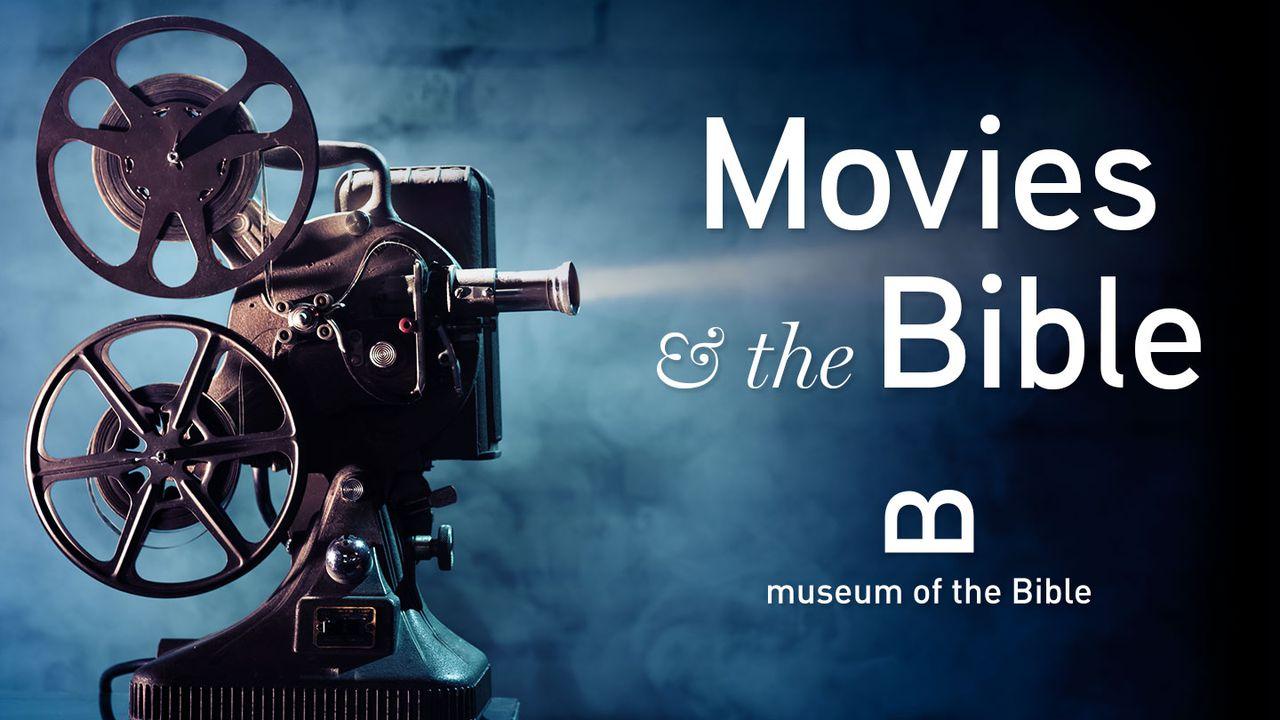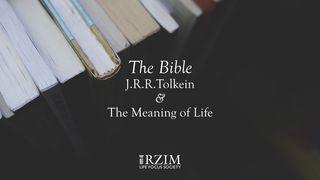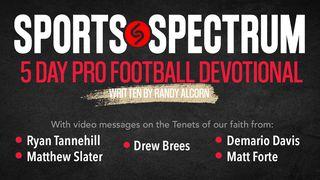Plan Info
Movies And The BibleSample

The Bible Featured in Films that Tackle a Difficult Theme
The United States of America is more than 150 years removed from the Emancipation Proclamation, abolishing slavery throughout the country. But slavery’s relevance remains today—particularly on the big screen. Since the early 2000s, a diverse set of films, including 12 Years A Slave, Django Unchained, Lincoln, Something Whispered, and Amazing Grace, have brought the challenging topic back to light.
In 2016, director and screenplay writer Nate Parker starred as real-life character Nat Turner in the controversial movie Birth of a Nation, and one of the film’s most prominent co-stars was the Bible. Early on, Turner is depicted as a young slave boy who can read. Elizabeth Turner (Penelope Ann Miller), the slave owner’s wife, mentors her prodigy using the Bible as her primary teaching tool:
“It’s the best book ever written,” she says.
Soon thereafter, Turner meekly reads James 4:8–9 during a church service. The people are amazed. As he grows into a young man, he takes on the role of preacher for the plantation’s slave community. In one scene, Turner concludes his sermon with Psalm 27:14, and later counsels his friend Hark (Colman Domingo), who is fearful for his family’s future:
“The Bible says, ‘take therefore no thought for the morrow: for the morrow shall take thought for the things of itself.’” (Matthew 6:34)
Things take a shocking turn, however, when his owner Samuel Turner takes money from other area slave owners to have him preach their slaves into submission. Nat Turner is given certain Bible verses to use (e.g., 1 Peter 2:18, Ephesians 6:5, and 1 Timothy 6:1)—some of the same verses that slave owners quoted to justify their actions.
After seeing the horrible treatment of the other slaves and experiencing two awful situations of his own (including the rape and brutal beating of his wife, Cherry), Turner gravitates towards Old Testament passages written as a rebuke against God’s enemies (like Psalm 149).
In another scene, Turner looks after his bruised and battered wife, but this time she is the one giving her vengeful husband advice from the Bible:
“Put up again thy sword into his place: for all they that take the sword shall perish with the sword.” (Matthew 26:52)
“You taught me that,” Cherry adds. “I need you here. Joanna too. Promise you’ll leave this to the Lord. Promise.”
Ultimately, Turner can no longer contain his anger. While holding a worn Bible above his head, he gives an impassioned speech to his fellow slaves that invokes Matthew 20:16 and Bible warriors such as David, Gideon, Joshua, and Samson. Then, inspired by 1 Samuel 15, Turner leads an insurrection in which an estimated 55 to 65 slave owners and their family members are killed.
“This was his attempt to throw a wrench into a system that would not only decimate him but would decimate his children’s children,” director and lead actor Nathan Parker told Variety magazine. “That’s biblical. In the Bible, it says a good man leaves an inheritance for his children’s children. So the question is, at what point will you break a system that not only oppresses you but is sure to oppress generations to come? That’s not revenge.”
Birth of a Nation and the surplus of slavery-themed films from the early 21st century came on the heels of another heart-wrenching movie that featured a poignant Bible-inspired moment of its own. In 1997, Amistad told the true story of a mutiny that took place aboard a slave ship in 1839. The slaves ended up in America where a court battle leading to their freedom went all the way to the Supreme Court with oral support from former President John Quincy Adams (played by Anthony Hopkins).
While sitting in jail awaiting trial, a slave named Yamba (Razaaq Adoti) curiously thumbs through a Bible that one of the townsfolk had given him. Lead character Cinque (Djimon Hounsou) mocks his friend for pretending to take interest.
“I’m not pretending,” Yamba responds in his native tongue. “I’m beginning to understand it.”
He then invites Cinque to look through the pictures as he explains what he has learned. Yamba retells the story of the enslaved Israelites (Exodus 1) then jumps ahead to the birth of Jesus (Matthew 1) when “everything changed.” He continues through the life of Jesus as the Bible depicts his arrival in Jerusalem (Mark 11:1–11), his healing miracles, his defense of a prostitute (John 8:1–11), his love of children (Matthew 19:13-15), how he walked on water (Matthew 14:22–36), how he was falsely accused (Luke 23:1–25), his crucifixion (Luke 23:26–49), how he rose from the dead (Luke 24:1–12), and his ascension into Heaven (Luke 24:50–53).
“This is where the soul goes when you die here. This is where we’re going when they kill us,” Yamba says while pointing at a picture of the split sky. “It doesn’t look so bad.”
About this Plan

If you’re a movie fan, then this reading plan from Museum of the Bible is the plan for you! Learn about the Bible’s role in some of Hollywood's box-office hits and in the lives of its biggest stars. From classic movies s...
More
We would like to thank Museum of the Bible for providing this plan. For more information, please visit: http://www.museumofthebible.org
Related Plans

TV Shows And The Bible

Rock & Roll And The Bible

Greatest Sports Failures And The Bible

The Bible, J.R.R. Tolkien And The Meaning Of Life

The Winter Olympics And The Bible

Sports Spectrum Pro Football Devotional

Sowing and Reaping

Being With Jesus: Solitude and Silence Part 2

Run to Him!
